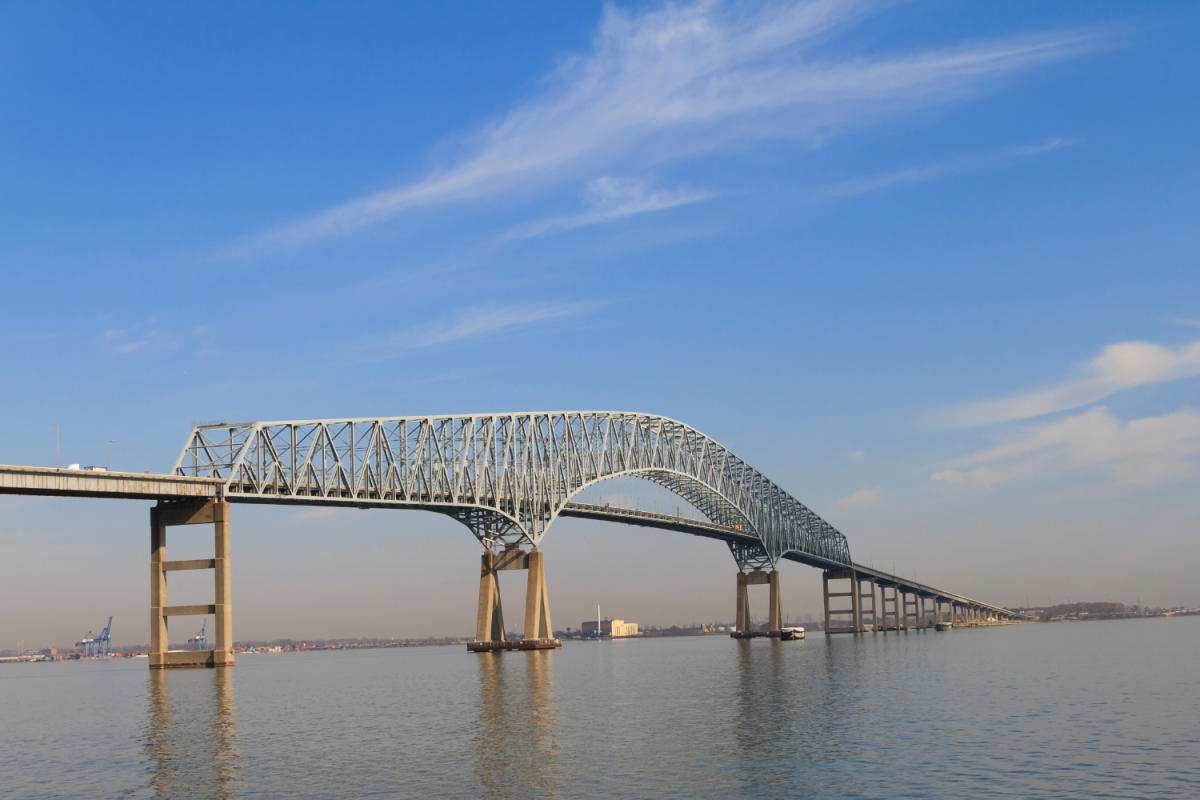On Tuesday, March 26, at approximately 1:30, one of the 46-year-old Baltimore bridge’s pillars was struck by a Singaporean-flagged container vessel named DALI. The crash resulted in the collapse of the bridge, dragging cars and people alike into the fridge water, resulting in the presumed death of six people.
The massive cargo ship plowed into the pillar, causing the 1.6-mile bridge to crumble, according to, Clay Diamond, executive director, and general counsel of the American Pilots Association the local pilot of the ship did, “everything that he could have done,” and that, “Just minutes before the bridge, there was a total blackout on the ship, meaning that the ship lost engine power and electrical power, it was a complete blackout.”
Videos, and eyewitness’s reports say that lights on the 95,000 gross ton ship were seen turning on and off-likely due to the ship’s emergency generators turning on to pick up the slack caused by the blackout. Although the ship is yet to release the reason behind the sudden loss in power, experts have recently revealed that the ship was in the wrong channel which could have contributed to the crash.
As the ship approached the bridge it entered the wrong channel where instead of gliding underneath the bridge and crossing where clearance was highest, the ship placed itself in an already dangerous position regardless of if it lost power or not. Maryland Transportation Secretary Paul J. Wieldefeld adds, “If you look at it, it’s off center of where it should be…Obviously, it should be in the main channel, which is under the main span.”
Between the initial entering of the wrong channel and the sudden loss of power, the Baltimore Bridge’s mournful collapse resulted from poor decisions and a chain of regrettable events. However, this does call into question how a ship can lose all power in mere moments; experts claim that an instantaneous loss of energy would be improbable, additionally adding that a ship of this size would have had 3-4 independent diesel generators and one more above deck. Despite this, any backup generators would take at least 30-60 seconds to activate, meaning that the avoidability of this incident is dependent on when precisely the ship lost power and how close it was to the bridge.
Overall, the collapse of the Baltimore bridge is a tragedy that will hopefully lead to an increase in failsafe installation in cargo ships to ensure another incident like this does not occur.


